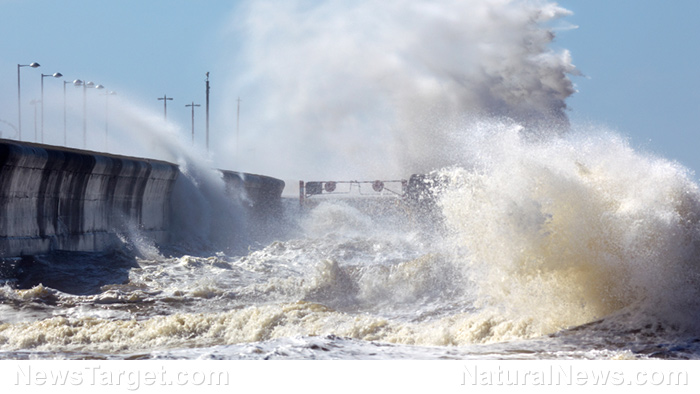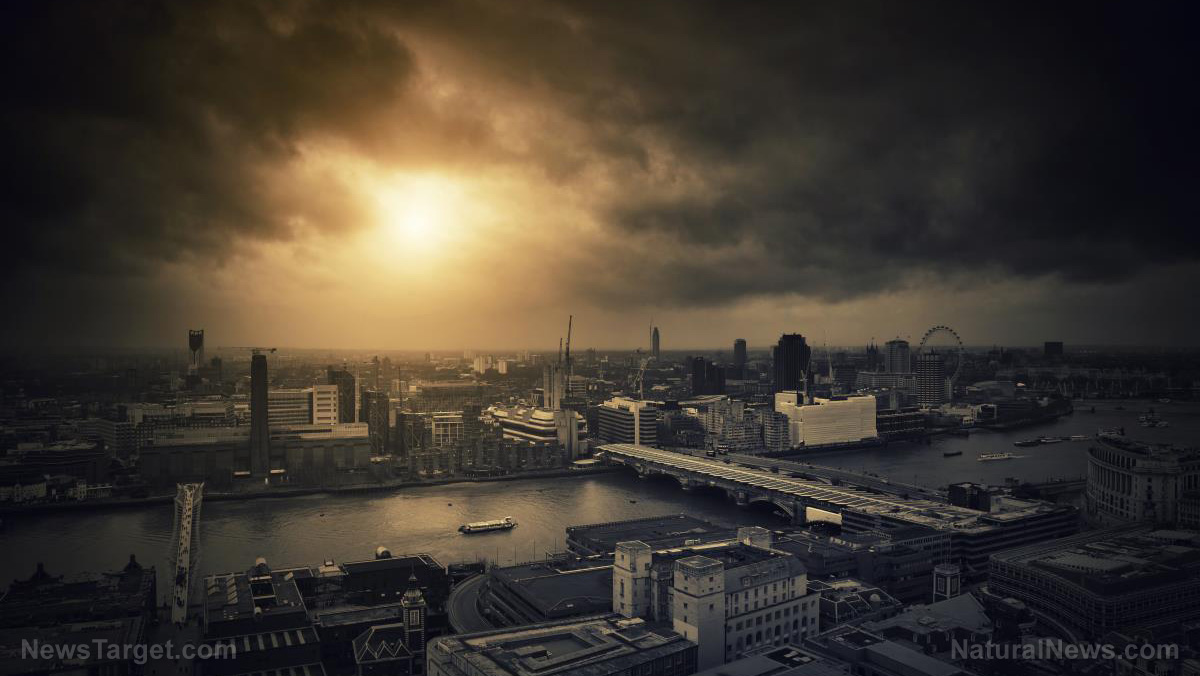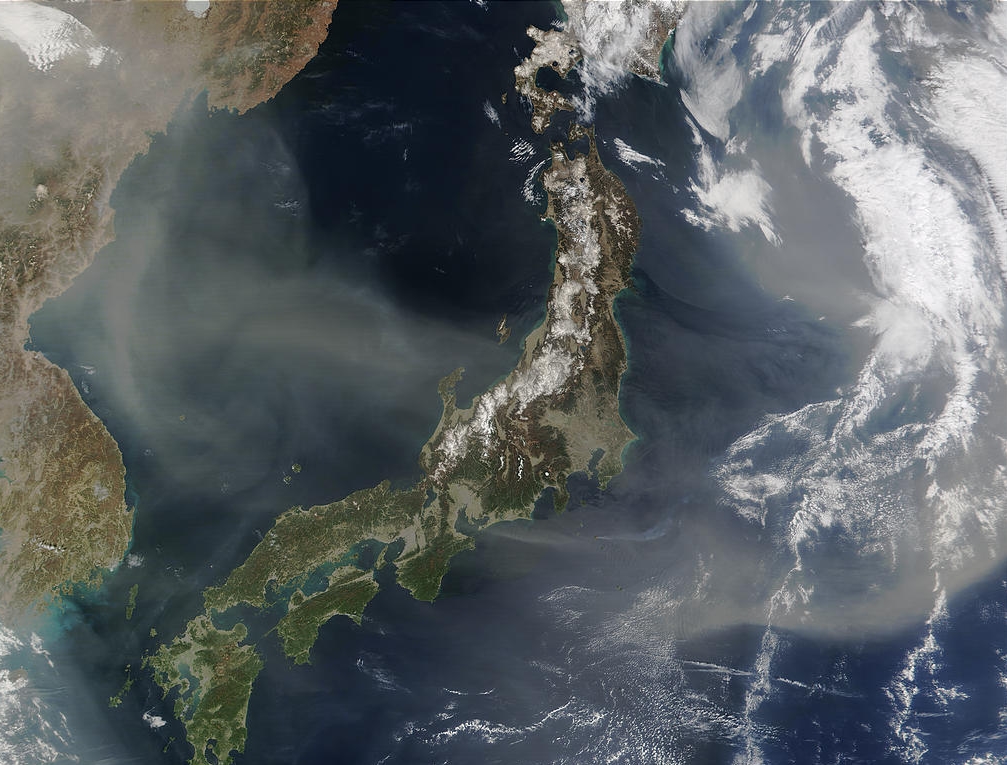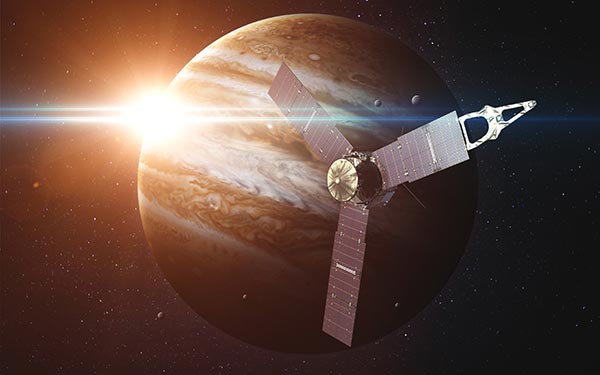Study: Asteroid hitting the North Atlantic will unleash 400-feet high tsunami to the East Coast
08/06/2020 / By Virgilio Marin

It’s not uncommon for a meteor such as an asteroid to hit Earth. In fact, research shows that Earth is hit by about 6,100 meteors that are big enough to reach the ground every year. That’s about 17 every day, which often go unnoticed because they fall in unpopulated areas and because of their smaller sizes.
Scientists have also said that there is no specific time of the year in which more meteors will fall, meaning extraterrestrial collisions are random. They could predict whether an asteroid is incoming, but sometimes the prediction does not come early enough. One such example is the July 28th car-sized asteroid that flew close to the Earth this year. It was only spotted two days earlier, which sparked questions as to how prepared the Earth is and what could happen in the event of a meteorite impact.
In a study published in the Geophysical Journal International, researchers from the University of California, Santa Cruz investigated what could happen if an asteroid hit Earth. They focused on one particular space object, Asteroid 1950 DA, which is being monitored by the National Aeronautics and Space Administration (NASA) and is included in the Sentry Risk Table for future possible extraterrestrial impact.
Asteroid could trigger a massive tsunami over the East Coast
NASA previously measured the likelihood of the asteroid hitting Earth and found a 0.33 percent probability, with its landing date predicted to be sometime in 2880. But NASA’s highest estimate shows that Asteroid 1950 DA has a 50 percent greater risk of landing on Earth than that of any average catastrophic meteorite from the present era to year 3000.
Co-author Steven Ward also said in 2003, “Asteroids the size of 1950 DA have probably struck the Earth about 600 times since the age of the dinosaurs.”
In the study, the researchers looked at the effect of the asteroid upon hitting Earth. They first projected its landing site and determined it to be the North Atlantic, after which they created a simulation of the blast.
The team found that the 60,000-megaton blast of the impact could vaporize the asteroid and hollow out an ocean cavity about 11 miles across and reaching all the way down to the seafloor. Afterward, water will rush back in to fill the cavity.
But the blast will send massive ocean waves toward different directions including the Atlantic coast of the United States. As much as 400-feet waves will reach beaches in Cape Cod to Cape Hatteras two hours after the impact while the entire East Coast will experience at least 200-feet high waves after four hours.
“In the movies, they show one big wave, but you actually end up with dozens of waves,” said Ward. “The first ones to arrive are pretty small, and they gradually increase in height, arriving at intervals of three or four minutes.” (Related: Humanity is one asteroid impact away from being wiped out.)
States most affected by tsunami
According to the National Oceanic and Atmospheric Administration, almost 40 percent of the U.S. population is in a county that borders a shoreline. The East Coast, in particular, has a population density estimated to be five times greater than the national average.
Florida is extremely vulnerable to the waves because it is barely above sea level. South Florida, for example, has a low elevation coupled with a flat topography. Miami’s highest elevation — a ridge spanning Palm Beach and the south of the city — averages only 12 feet, while half the area around it less than five feet above sea level.
If the sea levels rose by three feet, more than a third of southern Florida will be submerged in waters. A 12-feet rise, on the other hand, will make South Florida nothing less than an archipelago of abandoned building tops and overpasses. Furthermore, due to Florida’s flat land feature, rising seas will also come in from the west through the Everglades. (Related: Yucatan Excavation Reveals Catastrophic Rise in Sea Levels Can Happen in Just 50 Years.)
New York City will also be greatly affected by the waves despite having several skyscrapers and some of the world’s tallest buildings. It is about 33 feet above sea level — a low elevation due to its location right on the coast. Other cities that are less than 50 feet above sea level are Boston, Jersey City, Newark, New Haven, Atlantic City, Wilmington, Philadelphia, Virginia Beach, Myrtle Beach, Savannah and Charleston, among others.
Washington, on the other hand, has a better likelihood of withstanding the waves because many areas are elevated by as much as 410 feet from sea level. But the effects of the blast on the nation’s capital could still be catastrophic.
While there is currently no known asteroid that poses an imminent threat, there are also a lot of asteroids that scientists have not discovered. It’s therefore important to be prepared once a massive asteroid hits Earth and SHTF.
Disaster.news has more on the scenarios during and after an asteroid impact.
Sources include:
Tagged Under: asteroid impact, Collapse, death, destruction, disaster, Earth security, East Coast, flooding, Florida, killer wave, Meteorite, New York City, Oceans, SHTF, Space, tsunami, underwater city, United States
RECENT NEWS & ARTICLES
Cosmic.News is a fact-based public education website published by Cosmic News Features, LLC.
All content copyright © 2018 by Cosmic News Features, LLC.
Contact Us with Tips or Corrections
All trademarks, registered trademarks and servicemarks mentioned on this site are the property of their respective owners.




















